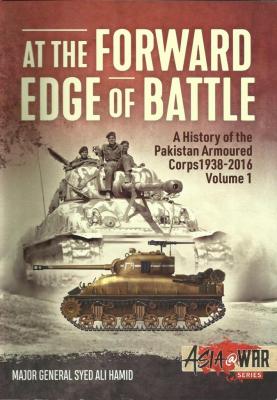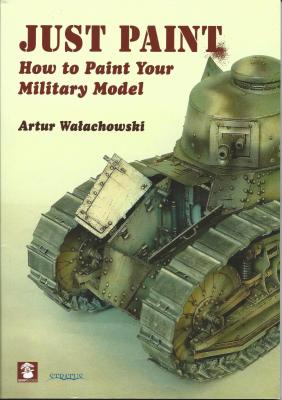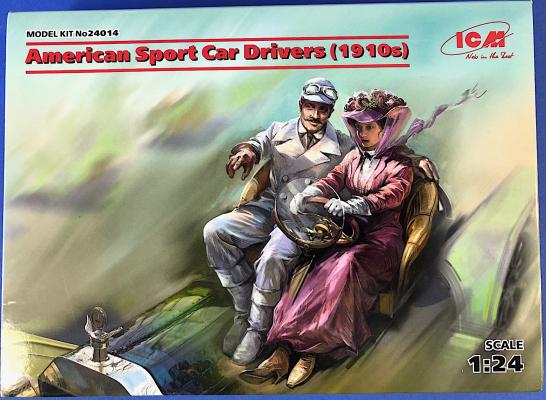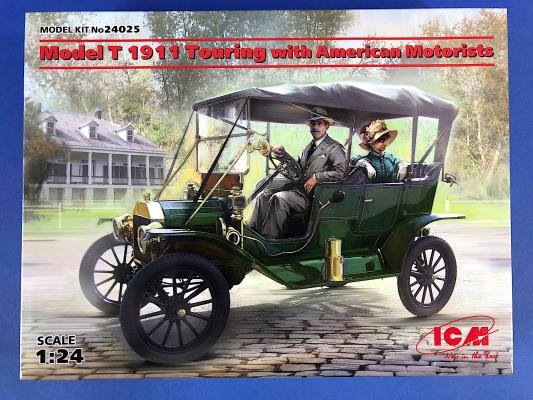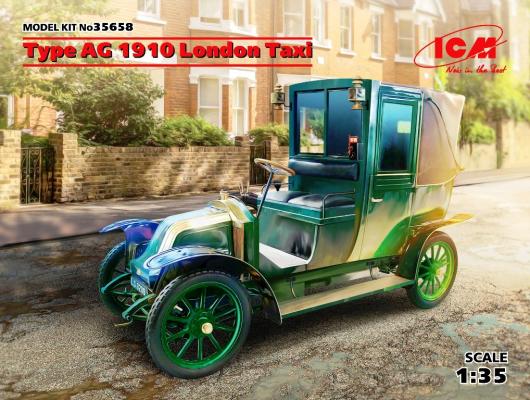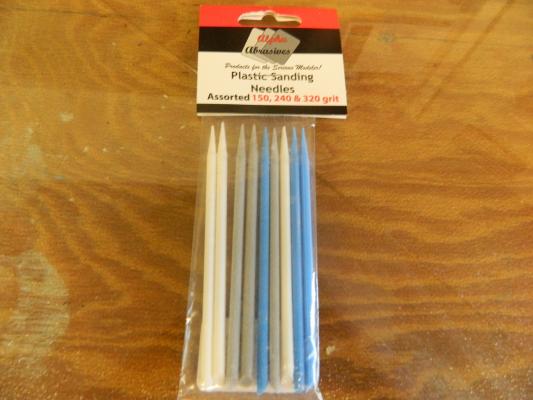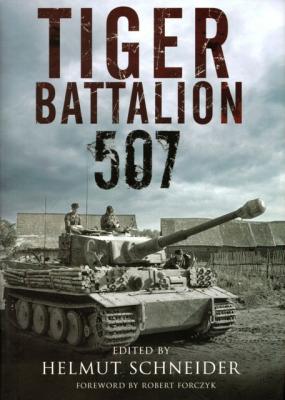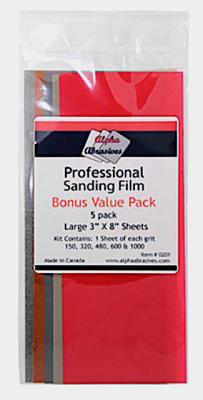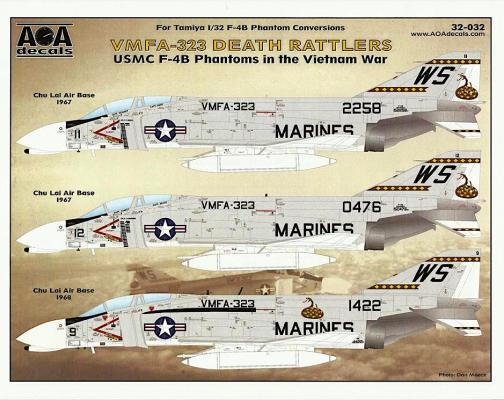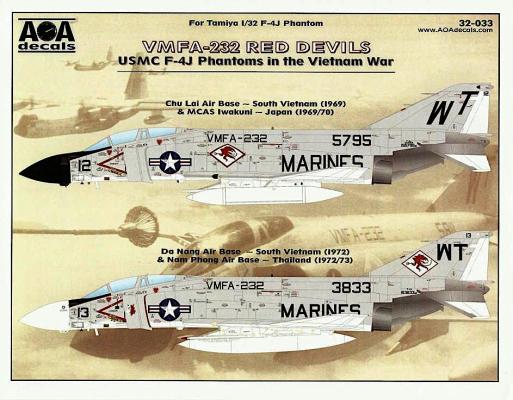Some decades before Pakistan became a separate nation, India had its own armored corps serving as a colonial force. Realistically, it was more of an armored unit in name than in fact, as early on their British overlords put them right at the bottom of the list in terms of supplies, even as World War Two swept the globe. Unspoken (for the most part) at the time was the belief that Indian “natives” were, perhaps, a wee bit too unsophisticated to manage large mechanical devices like armored vehicles – colonial thinking at its best.
What's New
This is a book that provides you details of how to finish and weather military ground vehicle models. It has detailed chapters on 10 different and varied model kits.
The detailed chapters are very well illustrated with very well-presented photographs. The methods and materials used are very well shown and will help move your knowledge and work to a new level.
I found this book very helpful and used some of the ideas already on my latest build of an early Tiger 1. The methods depicted and described are great and will lead to better finishes. The only criticism I have is that it could have been improved with more written descriptions with each photo shown.
I recommend this book to everyone whatever level of modeling you are at.
Thanks go to MMP Books for providing this book to review and IPMS USA for allowing me to review it for them.
This kit contains two figures, a man and women in sporty attire. The figures are a nice companion to ICM’s Model T 1913 Speedster American Sport Car, kit no. 24015. For this review I posed them with ICM’s Model T Touring Car.
The kit comes in a 10 x 7 1/2 x 1 1/2 light cardboard box with a slip cover with box art. The box top includes a painted rendering of the two figures and artistic suggestion for painting of the figures. The instructions come on a single 8 1/4 x 11 1/4 sheet with the sprue layout and color list on one side and the assembly diagrams and painting instructions on the reverse side.
Background
Another of ICM’s beautiful 1/24 car kits, this one a 1911 Model T Touring Car. The Touring Car body had two rear seat doors in addition to the front seat doors, two bench seats, and a foldable canvas top. This release also includes two figures, a man and a woman, in period attire. ICM’s kit is an easy build with nice fitting parts and without a lot of small parts.
ICM’s Kit
The kit comes in a 9 x 12 x 2 1/2 light cardboard box with slipcover. The box art depicts the vehicle in a dark green color with brass accessories, the male figure driving, and the woman in the backseat. The canvas top is shown in a medium gray color.
The kit comes on five sprues crisply molded in a light gray color, one clear plastic sprue, and four white vinyl tires. The detail on the parts is simple, but very good, with no apparent flash and very minor mold seems.
In 1905, Renault produced a relatively inexpensive two-cylinder vehicle which in the next few years was so popular that it became the primary taxi vehicle in both France and England. The French taxis, of course, would go on to achieve historical prominence during World War One transporting French troops rapidly to the front lines in what would become known as the “Miracle of the Marne.”
ICM’s Type AG 1910 London Taxi is a variant of this same vehicle, with modifications that would be typical for a British market. It shares most of the same molds as ICM’s earlier French Taxi but includes a separate sprue for the alterations, for a total of 6 sprues plus vinyl tires. Like the French version, this kit features a very nice representation of the miniscule two-cylinder engine as well as nicely detailed chassis and landaulet body.
This is a review of the Alpha Abrasives plastic sanding needles
I wasn’t able to find the assorted sanding needles on the Alpha Abrasives website. There were only individual packages of course, medium, and fine.
The needles are evidently made in a two-part mold because there are two mold lines running down the shaft. Not very good if you want to sand a round hole. The mold lines would cause a nick in the hole.
Another item is the point. When/if you break the point or round it off, how are you supposed to get the point back?
While they may be useful for sanding contours, I can’t see them being used on round holes like a headlight or taillight.
Thank you to IPMS for allowing me to review this product.
Tiger Battalion 507
The Table of Contents provides this basic outline:
Summary
This is a review of one of the many Alpha products designed specifically for scale modelers.
I have long been a fan of Alpha products in many of their forms. Especially their micro sanding pads which allow me to perform very finely detailed sanding and polishing. With this 5 pack I can use the entire sheet of sanding film or by combining the sheet (or smaller cut pieces) use them in model sanding. I also use smaller pieces cut into strips and held in place with double sided tape and mounted on small popsicle sticks. Alpha Graphics has produced their products for over 75 years and long established their reputation for high quality, long lasting sanding products.
Commissioned in 1943, this particular squadron got its nickname from some pilots who killed a rattlesnake at their first deployment at Cherry Point and then hung the skin in the ready room. VMFA-323 was first deployed to Da Nang Air Base in 1965, losing the only Phantom ever to a surface-to-air missile shortly thereafter. The squadron remained in Viet Nam until 1969, flying from both Da Nang and Chu Lai during that time.
AOA Decals is making a name for themselves with some of the very best decals found on the market. Whisper-thin, spot-on register, easy to apply and with excellent opacity, they really make for an extremely pleasant modeling experience.
Tracing its lineage back to 1925, VMFA-232 Phantoms began sorties over Vietnam from Da Nang Air Base in late 1967. Flying close air support for the Marines on the ground, the Red Devils flew nearly 6,000 sorties and delivered some 6,00 tons of ordinance during their time in the ‘Nam, being one of the few units capable of delivering 2,000 lb. bombs at the time. They redeployed during Operation Linebacker and lost three Phantoms during that time (one to enemy air action), becoming the last Marine Phantom unit to leave Vietnam in 1973. They finally surrendered their final remaining Phantom in 1988.
AOA Decals is making a name for themselves with some of the very best decals found on the market. Whisper-thin, spot-on register, easy to apply and with excellent opacity, they really make for an extremely pleasant modeling experience.

